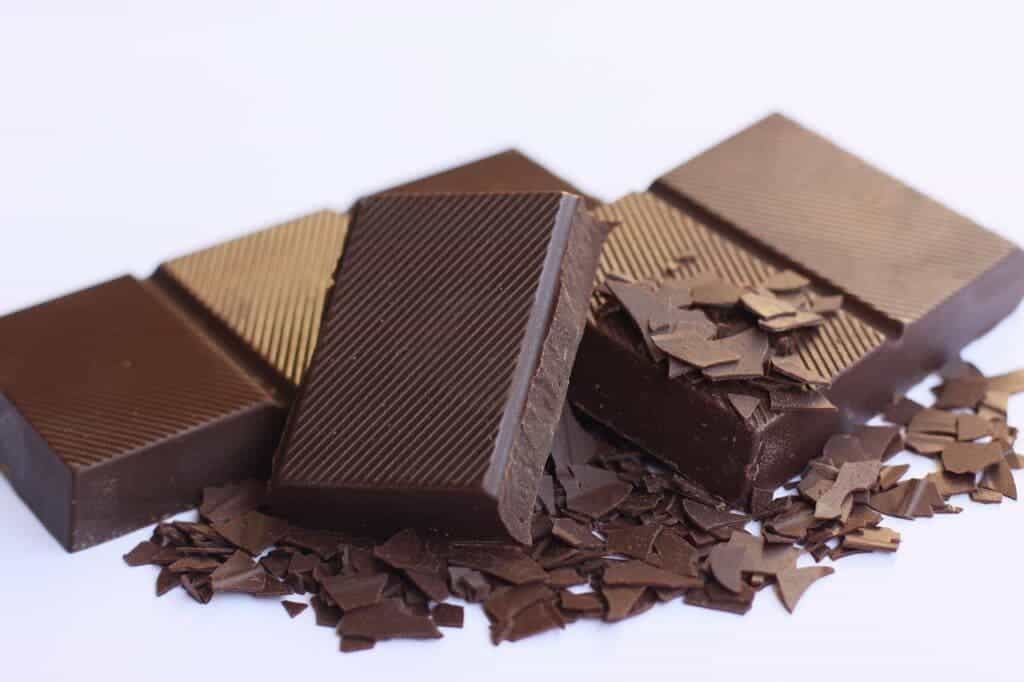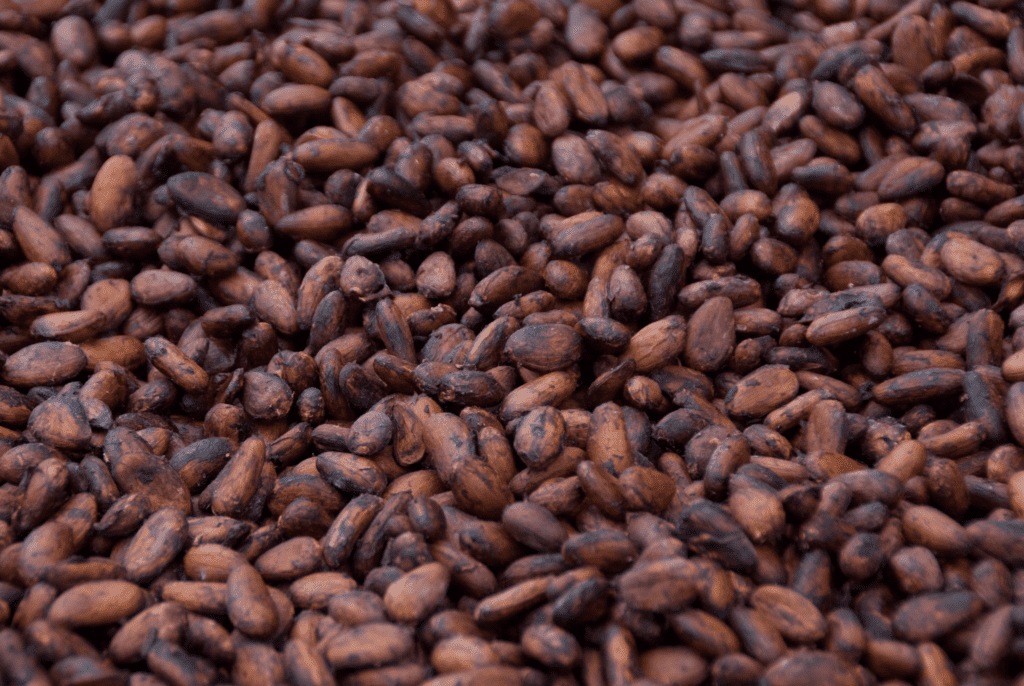You may think that chocolate couldn’t be possibly improved. After all, it’s already such an amazing product with so many variations and complexities. But as it turns out, there might be a way to make dark chocolate fruiter and more flowery-tasking. According to a new study, there’s a yet-unexplored way to treat cocoa beans and offer them a unique flavor.

Cocoa is the main ingredient in chocolate, with beans growing on tropical evergreen trees, most often in the tropical areas of Central and South America, West Africa, and Southeast Asia. The three largest producing countries are Côte d’Ivoire, Ghana, and Ecuador, where farmers manually harvest the cocoa beans.
Once picked, beans are covered in banana leaves (or sometimes plastic) and left there for days to ferment. During this time, microbes in the environment degrade the pulp that surrounds the beans, changing them chemically. This triggers biochemical changes in the beans, reducing bitterness and astringency while boosting pleasing flavors and aromas.
For years, studies have looked at the possibility of reconstructing the fermentation process under conditions in vitro without the influence of microorganisms – incubating beans at controlled temperatures in pH-adjusted solutions. However, the process was restricted to the use of fresh beans, so it had to take place on or close to the farm site.
Now, researchers are proposing an alternative approach, referred to as “moist incubation.” In contrast to using freshly removed beans, they used unfermented and dried cocoa nibs, which are storable and can be transported to any production site. The nibs were rehydrated in an acidic solution, heated for days, and then re-dried.
Working with cocoa

The researchers from Zurich University of Applied Sciences wanted to find out how the taste and aroma of chocolate changed when comparing moist incubation versus traditional fermentation. While they already knew both methods produced similar aromas, they hoped to better understand how they compare to each other.
For this, they created three types of chocolate bars. One was made with moist incubated beans, one from fermented beans, and a third one with beans that were neither incubated nor fermented. Volunteers tested the three and said the moist incubates ones had higher intensities of fruity, flowery, and caramel-like aromas.
Overall, they rated the incubated sample as the sweetest-tasting, while describing the unfermented chocolate as bitter and astringent. More objectively, the researchers did gas chromatography analysis and found that moist incubated chocolate had higher levels of malty compounds (Strecker aldehydes) and lower levels of roasty compounds (Pyrazines).
This means the moist incubation is probably a superior alternative to traditional fermentation, the researchers said. The method could be commercialized and we may start tasting this new chocolate version not too long from now.
Next time you have chocolate have a think of the flavors and aromas you can identify, and even compare it between brands. The difference might be surprising. Or just go ahead and eat it without all this fuss. Your choice.
The study was published in the Journal of Agricultural and Food Chemistry.









